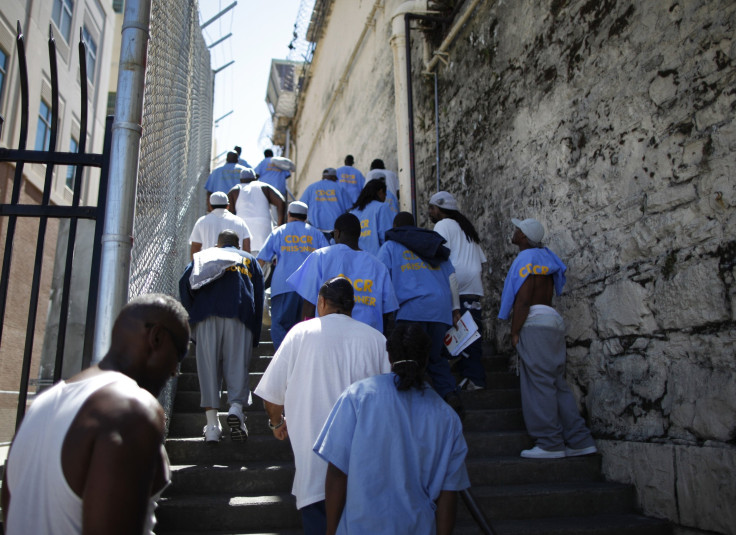Immigration Reform 2016: Utah Prison Releases 300 Immigrants Citing Overcrowding Concerns

Republican presidential nominee Donald Trump has plans to round up and deport all of the undocumented immigrants living in the United States should he take over the White House in January, but at least one Utah community has found detaining that population was too much of a burden.
The jail for Utah County, south of Salt Lake City, announced this week that it plans on releasing 300 undocumented immigrants from its jails amid overcrowding concerns. The releases come after nearly 20 years of coordination with U.S. Immigration and Customs Enforcement (ICE).
“We are going to move these current detainees for housing. They're not going to release them to the street,” Darin Durfey, the chief deputy with the Utah County Sheriff Department, told KUTV.
Utah County is one of two counties in the state that held contracts with ICE. Officials in Utah County decided to terminate their agreement with the federal agency.
Those 300 immigrants make up a small portion of the roughly 73,665 non-citizen inmates estimated in 2013 to be in state and federal prisons. That makes up a total of 5 percent of the total U.S. inmate population in a system that has become notorious for overcrowding.
So, why aren’t these immigrants simply deported as Trump would like to do?
The U.S. has been deporting undocumented immigrants at a quick clip since President Barack Obama came to the White House but structural and financial limitations keep immigration officials from coming anywhere near deporting the estimated 11 million people living in the country illegally. In 2014, the U.S. deported 177,960 undocumented immigrants who were convicted criminals — more than half for that year. Deportation isn’t free: Trumps plan would cost the United States an estimated $400 to $600 billion to apprehend, detain, process and finally deport all of those people.
But those aren’t the only costs associated with mass deportations. The American Action Forum, a Washington, D.C., think tank that advocates for center-right public policy, estimates that Trump’s policies would ultimately reduce real gross domestic product by $1.6 trillion as a result of lost labor.
© Copyright IBTimes 2024. All rights reserved.












